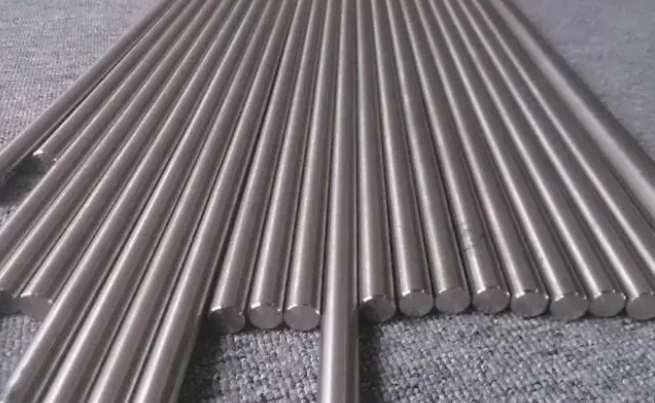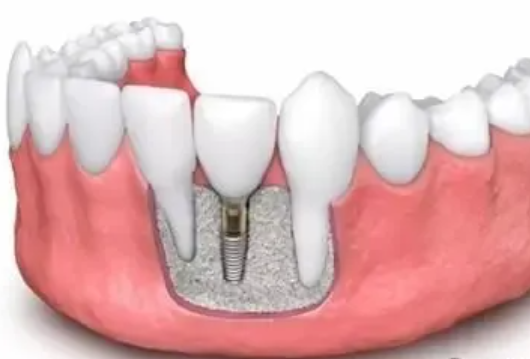With the continuous advancement of technology and the development of industry, tungsten alloys, and titanium alloys, two high-performance alloys, have been widely applied in many fields. They are highly regarded due to their excellent mechanical properties, good corrosion resistance, and high-temperature performance.
Öyleyse, let’s compare the features and differences with them.

I. Tungsten Alloys
Tungsten alloy is an alloy composed mainly of tungsten, with added elements such as nickel, cobalt, and iron.
- High Density: Tungsten alloy has a high density, typically ranging from 16 ile 20 g/cm³, more than twice the density of steel. This high density gives tungsten alloy a significant mass, which can effectively resist external impact and pressure.
- High Hardness: Tungsten alloy is tough, usually ranging from 8 ile 9 on the Mohs scale. Its high hardness provides excellent wear resistance, making it suitable for high-load, high-friction environments.
- High Melting Point: Tungsten alloy has a high melting point, generally between 3420-3800°C. This high melting point gives tungsten alloy good high-temperature resistance, making it applicable in high-temperature environments.
- Good Corrosion Resistance: Tungsten alloy has good corrosion resistance at normal temperature and pressure, capable of resisting corrosion from most acids, bases, and salts.
II. Titanyum Alaşımları
Titanium alloy is composed mainly of titanium, with added elements such as aluminum, vanadyum, and zirconium.
- Lightweight: Titanium alloy has a low density, typically between 4 ile 5 g/cm³, about one-third the density of steel. Its lightweight nature reduces structural weight effectively.
- Yüksek güç: Titanium alloy has high strength, usually ranging from 800 ile 1000 MPa. This high strength gives titanium alloy excellent load-bearing capacity, making it suitable for high-stress environments.
- Good Corrosion Resistance: Titanium alloy has good corrosion resistance at normal temperature and pressure, especially exhibiting superior corrosion resistance in seawater.
- Good Biocompatibility: Titanium alloy has good biocompatibility, making it widely used in the medical field, such as in artificial joints and implantable stents.
III. Differences Between Tungsten Alloy and Titanium Alloy
- Density: Tungsten alloy has a higher density than titanium alloy, meaning tungsten alloy is heavier and has stronger impact and pressure resistance. Tersine, titanium alloy’s lower density makes it more suitable for applications requiring lightweight materials.
- Hardness: Tungsten alloy is harder than titanium alloy, providing better wear resistance. Fakat, in applications where good machinability is required, titanium alloy’s lower hardness is advantageous.
- Melting Point: Tungsten alloy has a higher melting point than titanium alloy, providing better high-temperature performance. Fakat, titanium alloy has superior oxidation resistance at high temperatures.
- Korozyon Direnci: Both tungsten alloy and titanium alloy have good corrosion resistance at normal temperature and pressure, but in specific environments such as seawater, titanium alloy’s corrosion resistance is superior.
- Application Fields: Tungsten alloy is primarily used in high-load, high-friction, and impact-resistant applications, such as cutting tools, drill bits, and molds. Titanium alloy is mainly used in aerospace, havacılık, and medical fields that require lightweight, high strength, and corrosion resistance.
You May Think “Is Tungsten Titanium Alloy Much Better? “



